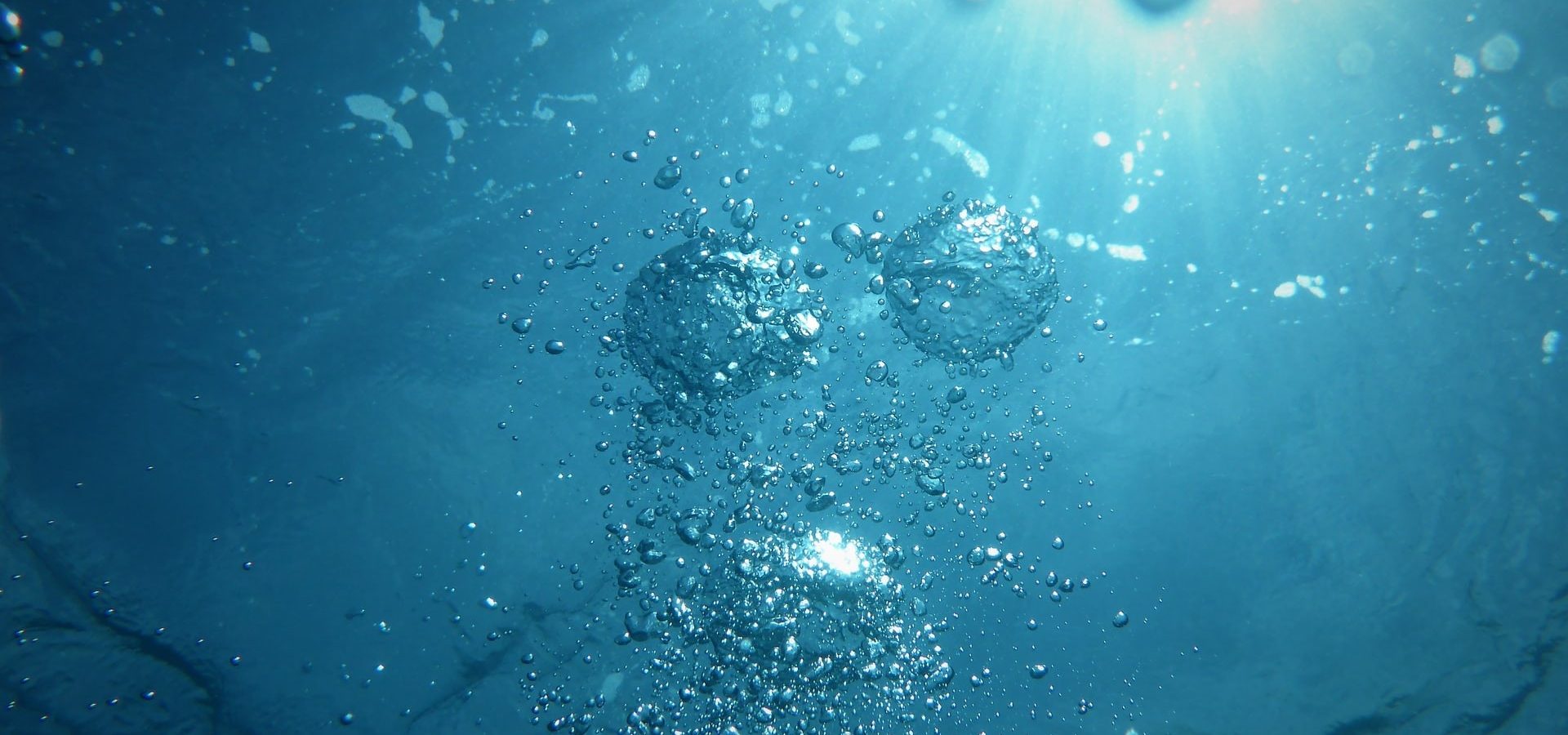Our entire solar system has nine planets, and water is found in only one. Coincidentally, that planet also harbours one more unique thing: Life. The correlation is clear, water is essential for life. Even in NASA’s search for life on other planets, astronomers first look for Earth-like characteristics which usually starts with liquid water. Despite Earth being two-thirds or 71% water, only 3% of that is freshwater while the rest is saltwater. Out of that 3%, permafrost stores 2% and so, all living organisms in the world depend on just the remaining 1% of freshwater. This is reason enough for us to use water more judiciously, since it is a natural resource not just for human beings but something which is to be shared with the million other species inhabiting this planet. Hence, the United Nations observes World Water Day on March 22 to celebrate and raise awareness about water.
The crisis at hand
The use of water in the modern world, in itself, is problematic. If we talk only in terms of percentages then:-
8% — goes in personal consumption or domestic use
22% — goes to industries
70% — the biggest chunk is used for irrigation purposes in agriculture
90% — is the amount of wastewater that flows untreated into rivers, lakes, ponds and other water bodies
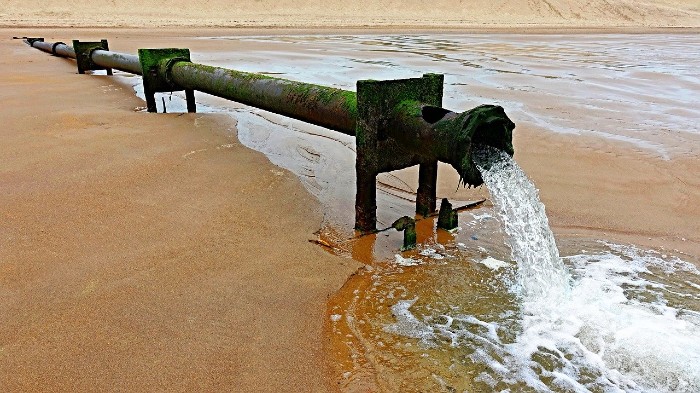
This puts tremendous stress on water resources and as stated above, it’s apparent that H2O is a finite resource. Few sectors use more water than others and there is a stark difference in that gap. For instance, in agriculture, sugar crops and fruits have a lower water footprint, i.e they require roughly 197 litres and 962 litres per kilogram respectively, for cultivation. When it comes to meat and livestock, it’s unimaginably higher with chicken requiring nearly 4,300 litres, sheep requiring nearly 8,700 litres and bovine meat requiring an astonishing 15,000 litres.
On the other hand, textile and power are some of the most water-intensive industries in the world. Almost 90% of power generation is water-intensive, whereas for textiles, a cotton t-shirt requires almost 2,500 litres and a jeans nearly 2,250 litres of water for production. When we see the vast amount of water that is used in these areas solely for production, one has to think about the water shortage situations in South Africa, Mexico City and even India.
Cape Town in South Africa was about to become the first major city to run out of freshwater, which was dubbed as ‘Day Zero’. It had planned to indefinitely shut off its water supply, which meant almost 4 million people would have stopped getting running water. It is predicted that other major cities would soon face their own ‘Day Zero’.
A major source of liquid freshwater is found underground in aquifers. But Mexico City’s overdependence on these aquifers translates to taking around 50% of its water supply from these underground reservoirs. A study predicts that at this rate, Mexico City could lose half of all water supply in the next 30-50 years. On this side of the world, the situation is not too encouraging either. We already know how irrigation in India is heavily reliant on groundwater. NASA satellite data shows that aquifers in northern India have decreased by 29 trillion gallons or 130 trillion litres in just a decade! If things continue in this manner, by 2040 the world won’t have enough freshwater to meet human needs and demand.
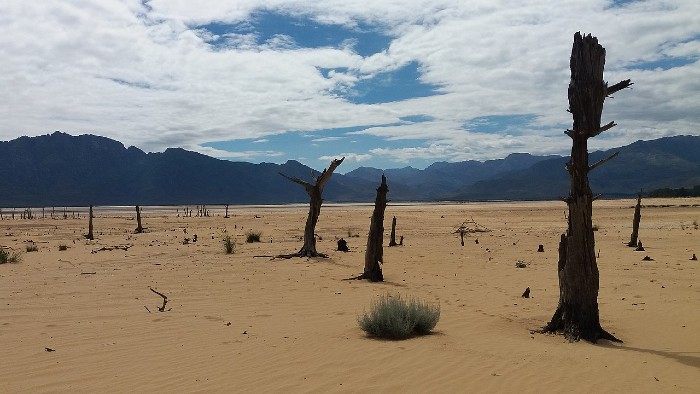
All hope is not lost
Every cloud has a silver lining and this couldn’t be truer when we take Cape Town’s case into account. As the city approached its ‘Day Zero’, originally scheduled for March 18, 2018, people started conserving and used freshwater more cautiously. By early 2018, Cape Town’s consumption was less than half of what is used to be 4 years earlier – down from 1.2 billion litres to 516 million litres. Till now, Day Zero hasn’t occurred in Cape Town and this just goes to show that solving a large problem always needs the collective effort of an equally large population.
To this cause, Wildlife SOS is also playing its part and has partnered with Water for Voiceless (WFV), a group of 15 passionate individuals, which aims to make freshwater available to all animals. Animals are also in dire need of clean water due to the overly polluted water they usually have access to. Therefore, WFV ensures that animals in need get access to potable water. To see to that, WFV visited the Wildlife SOS Bannerghatta Bear Rescue Centre and contributed eight large troughs for the bears under our care.
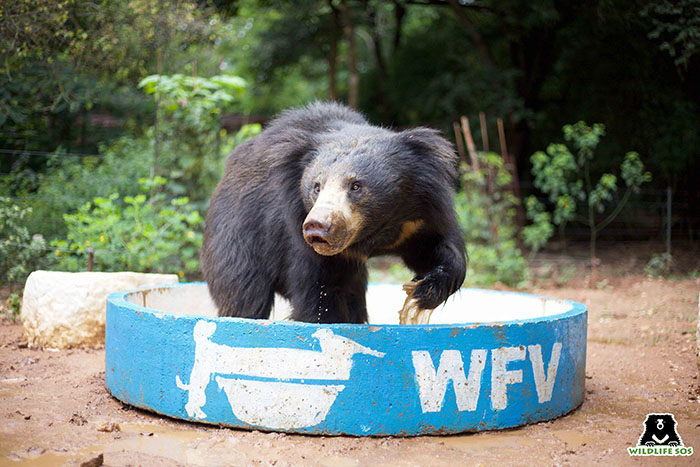
Meanwhile, the Wildlife SOS habitat restoration project being carried out at Ramdurga in Karnataka’s Koppal district has helped recover the area’s water level immensely. The region saw severe shortage especially in summers, due to the poor condition of the forest. This caused an outmigration of people from the area. 10 years of efforts in regenerating the entire forest area ultimately led to an increase in groundwater levels in Ramdurga. Eventually, bore wells were dug and even today those are used by the villagers for various purposes. Previously due to shortage of water, wild animals used to wander into human habitations leading to conflict. The restoration of groundwater levels has prevented such cases of human-wildlife conflict as well. So it clearly shows how preserving a forest ecosystem automatically leads to successful water conservation and better usage.
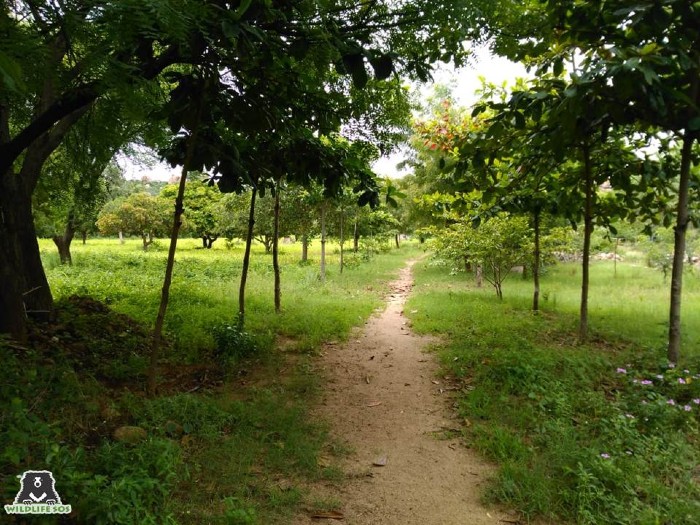
At a time when climate change has made droughts even more frequent and severe, we have reached a threshold which requires on-ground action as well as individual lifestyle changes. Keeping this in mind, there should only be one possible solution: TO STOP TAKING WATER FOR GRANTED AND NOT WASTE IT.

